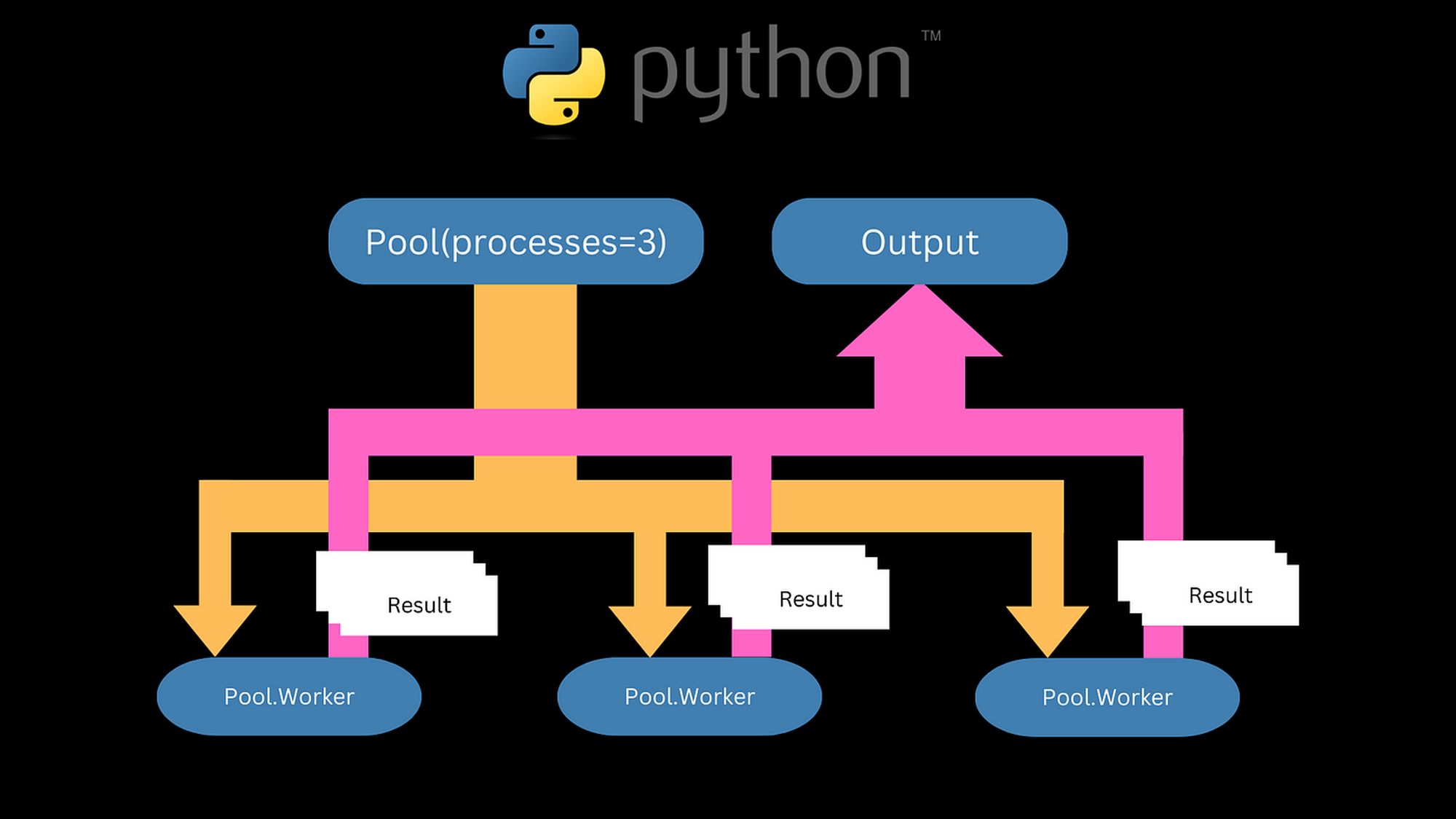
Multiprocessing is a method where multiple processors in a computer system work simultaneously to execute tasks. This technique can significantly boost performance, making it a hot topic in the tech world. But what exactly makes multiprocessing so special? Multiprocessing allows for parallel processing, meaning tasks can be divided and conquered more efficiently. This leads to faster data processing, improved multitasking, and better resource utilization. Whether you're a tech enthusiast or just curious about how your computer handles complex tasks, understanding multiprocessing can offer valuable insights into the inner workings of modern computing. Ready to dive into the world of multiprocessing? Let's get started!
What is Multiprocessing?
Multiprocessing is a method where multiple processors in a computer system work simultaneously to perform tasks. This technique increases the system's efficiency and speed. Let's dive into some fascinating facts about multiprocessing.
-
Definition: Multiprocessing involves using two or more CPUs within a single computer system to execute processes simultaneously.
-
Types: There are two main types of multiprocessing: symmetric and asymmetric. Symmetric multiprocessing (SMP) uses multiple identical processors, while asymmetric multiprocessing (AMP) uses different processors for specific tasks.
-
History: The concept of multiprocessing dates back to the 1960s when IBM introduced the System/360 Model 67, one of the first computers to support multiprocessing.
Benefits of Multiprocessing
Multiprocessing offers several advantages that make it a popular choice in computing. Here are some key benefits:
-
Increased Speed: By dividing tasks among multiple processors, multiprocessing can significantly speed up computing processes.
-
Efficiency: Multiprocessing allows for better utilization of resources, ensuring that no single processor is overburdened.
-
Reliability: If one processor fails, others can take over, making the system more reliable.
-
Scalability: Systems can be easily scaled by adding more processors, accommodating growing computational needs.
How Multiprocessing Works
Understanding how multiprocessing functions can shed light on its importance in modern computing. Here are some insights:
-
Parallel Processing: Tasks are divided into smaller sub-tasks that are processed simultaneously by different CPUs.
-
Task Scheduling: The operating system plays a crucial role in scheduling tasks and assigning them to various processors.
-
Inter-Processor Communication: Processors communicate with each other to ensure tasks are completed efficiently and correctly.
Applications of Multiprocessing
Multiprocessing is used in various fields and applications. Here are some examples:
-
Scientific Research: High-performance computing systems use multiprocessing to handle complex simulations and data analysis.
-
Gaming: Modern video games rely on multiprocessing to render graphics and process game logic simultaneously.
-
Artificial Intelligence: AI algorithms, especially those involving machine learning, benefit from the parallel processing capabilities of multiprocessing.
-
Data Centers: Large data centers use multiprocessing to manage and process vast amounts of data efficiently.
Challenges in Multiprocessing
Despite its benefits, multiprocessing comes with its own set of challenges. Here are some common issues:
-
Complexity: Designing and managing multiprocessing systems can be complex and require specialized knowledge.
-
Cost: Multiprocessing systems can be expensive due to the need for multiple processors and advanced hardware.
-
Heat Dissipation: Multiple processors generate more heat, requiring efficient cooling systems to prevent overheating.
-
Software Compatibility: Not all software is designed to take advantage of multiprocessing, limiting its effectiveness.
Future of Multiprocessing
The future of multiprocessing looks promising with advancements in technology. Here are some trends to watch:
-
Quantum Computing: Quantum computers, which use quantum bits, could revolutionize multiprocessing by performing complex calculations at unprecedented speeds.
-
Neuromorphic Computing: Inspired by the human brain, neuromorphic computing aims to create processors that mimic neural networks, enhancing multiprocessing capabilities.
-
Energy Efficiency: Future multiprocessing systems will focus on reducing energy consumption while maintaining high performance.
Fun Facts about Multiprocessing
Here are some interesting tidbits about multiprocessing that you might not know:
-
Supercomputers: The world's fastest supercomputers use thousands of processors working together to achieve incredible speeds.
-
Everyday Devices: Many everyday devices, like smartphones and tablets, use multiprocessing to run multiple applications smoothly.
-
Space Exploration: Multiprocessing plays a crucial role in space missions, helping to process data from various instruments and sensors.
-
Medical Imaging: Advanced medical imaging techniques, such as MRI and CT scans, rely on multiprocessing to generate detailed images quickly.
-
Weather Forecasting: Meteorologists use multiprocessing to run complex weather models and provide accurate forecasts.
-
Financial Trading: High-frequency trading systems use multiprocessing to execute trades in milliseconds, taking advantage of market fluctuations.
The Final Word on Multiprocessing
Multiprocessing is a game-changer. It boosts efficiency, speeds up tasks, and makes multitasking a breeze. From parallel processing to load balancing, it’s clear why tech giants rely on it. Understanding the difference between symmetric and asymmetric multiprocessing helps in choosing the right system for specific needs. Plus, knowing the role of CPU cores and threads can make a big difference in performance.
Whether you’re a tech enthusiast or just curious, these facts highlight the importance of multiprocessing in today’s tech world. It’s not just about having more power; it’s about using that power smartly. So next time you’re using your computer or smartphone, remember the magic of multiprocessing working behind the scenes. It’s the unsung hero making everything run smoothly.
Was this page helpful?
Our commitment to delivering trustworthy and engaging content is at the heart of what we do. Each fact on our site is contributed by real users like you, bringing a wealth of diverse insights and information. To ensure the highest standards of accuracy and reliability, our dedicated editors meticulously review each submission. This process guarantees that the facts we share are not only fascinating but also credible. Trust in our commitment to quality and authenticity as you explore and learn with us.
